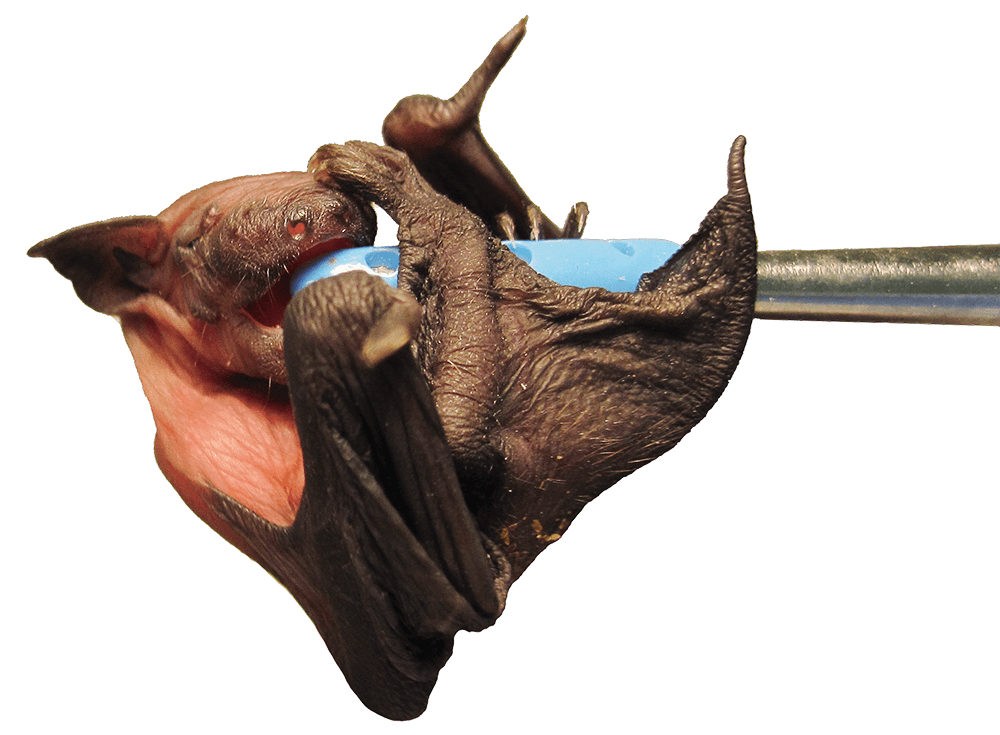Research Interests
animal behaviour
bioacoustics
communication
echolocation
electrophysiology
endocrinology
evolutionary neurobiology
hearing
integrative physiology
neuroethology
neuroscience
psychoacoustics
sensory ecology
sensory systems
systems physiology
Our bioacoustics research examines how bats use echolocation for orientation and prey detection in different environments. We also study the use and development of biosonar in bat pups from our breeding colony, and the development of hearing and auditory sensitivity. Through this, we seek to understand how the central auditory system integrates neural inputs to creates neurons with novel stimulus-response properties (e.g. neural selectivity for signal duration).

Our integrative physiology research uses bats as a model system to study factors that influence cutaneous wound healing in bat flight membranes. Another focus examines steroid hormone production, absorption, and transfer between cohabitating conspecifics. This work seeks to advance knowledge about how bats may use hormones as pheromones to modify reproductive physiology and behaviour.
Bats are ideal subjects for bioacoustics and auditory physiology research because we know what sounds are important to bats and this simplifies our efforts to discover underlying neurophysiological mechanisms. And since the components of the bat’s central auditory system are fundamentally mammalian, auditory processing mechanisms that can be readily discovered in bats are likely to be of general relevance to all mammals.
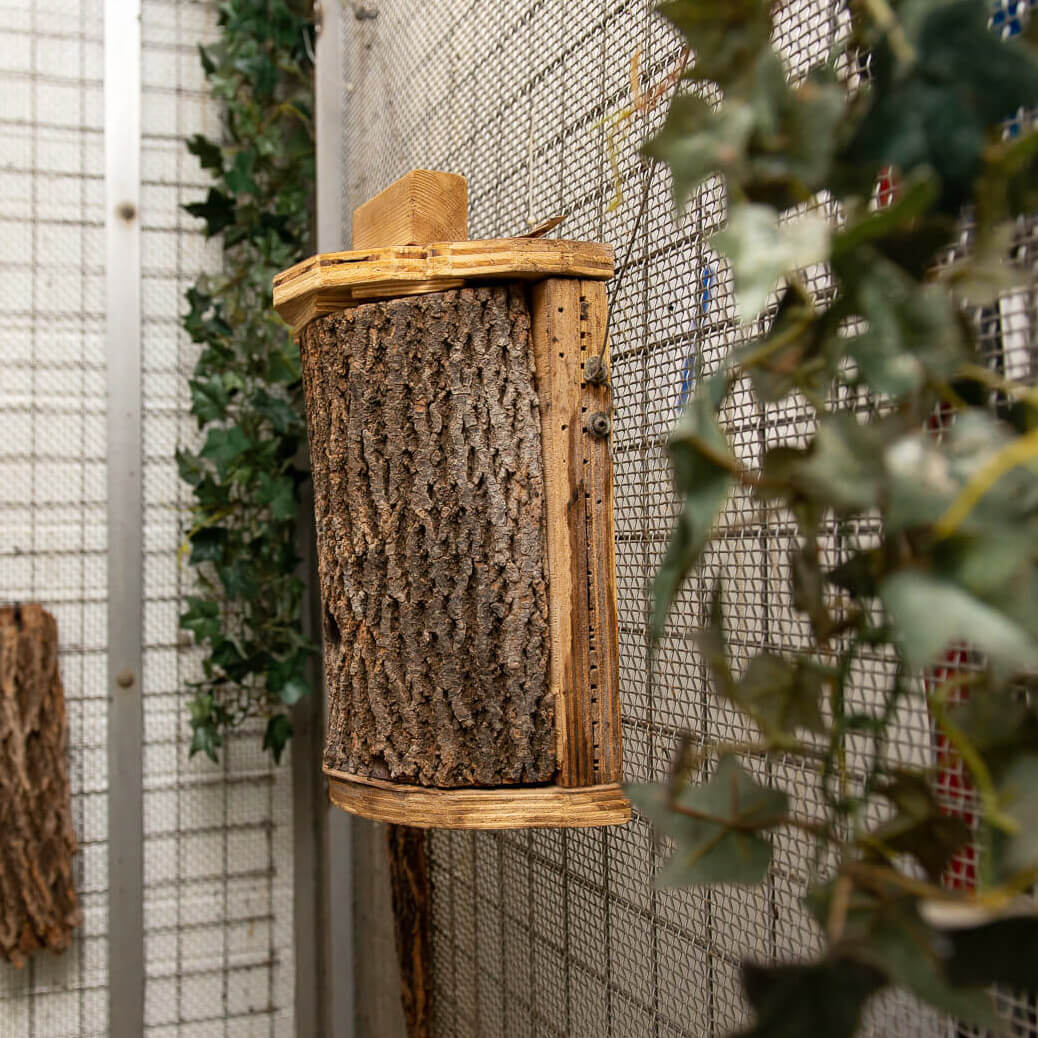
Together with virologist Dr. Arinjay Banerjee, the McMaster Bat Lab is contributing to research on bats and coronaviruses.
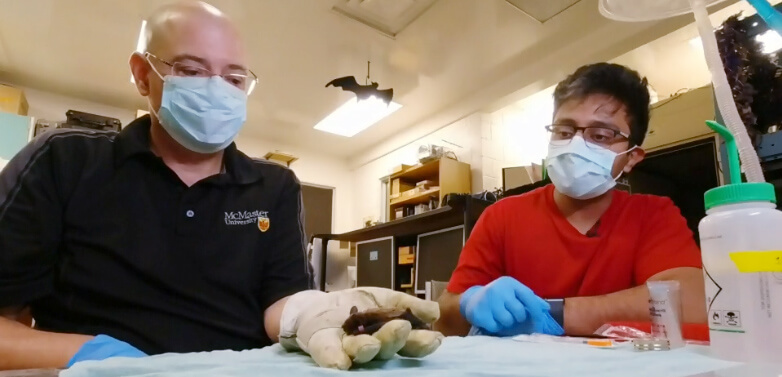
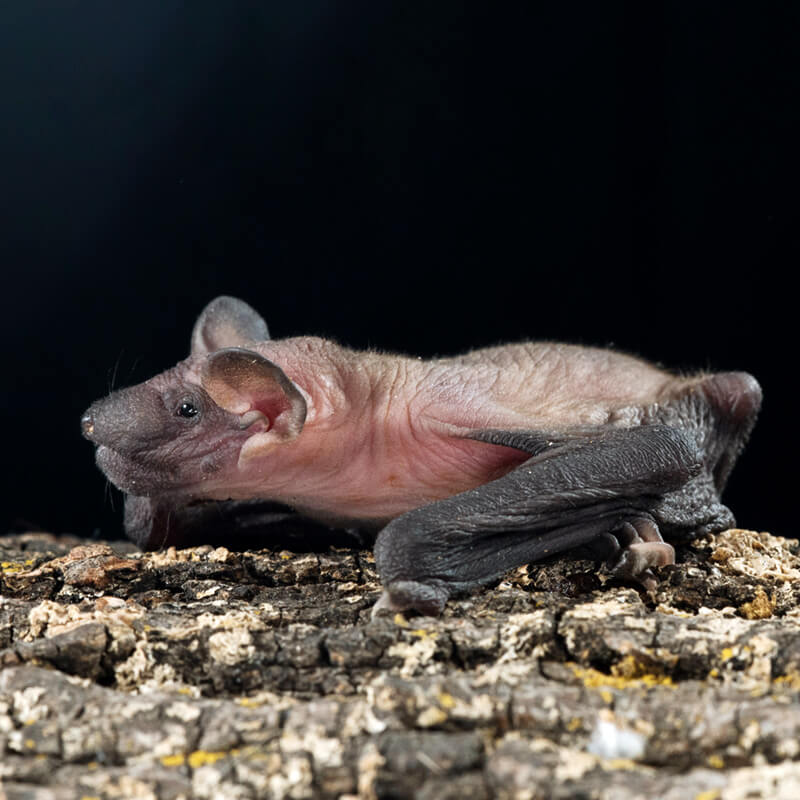
3 day old pup
Eptesicus fuscus
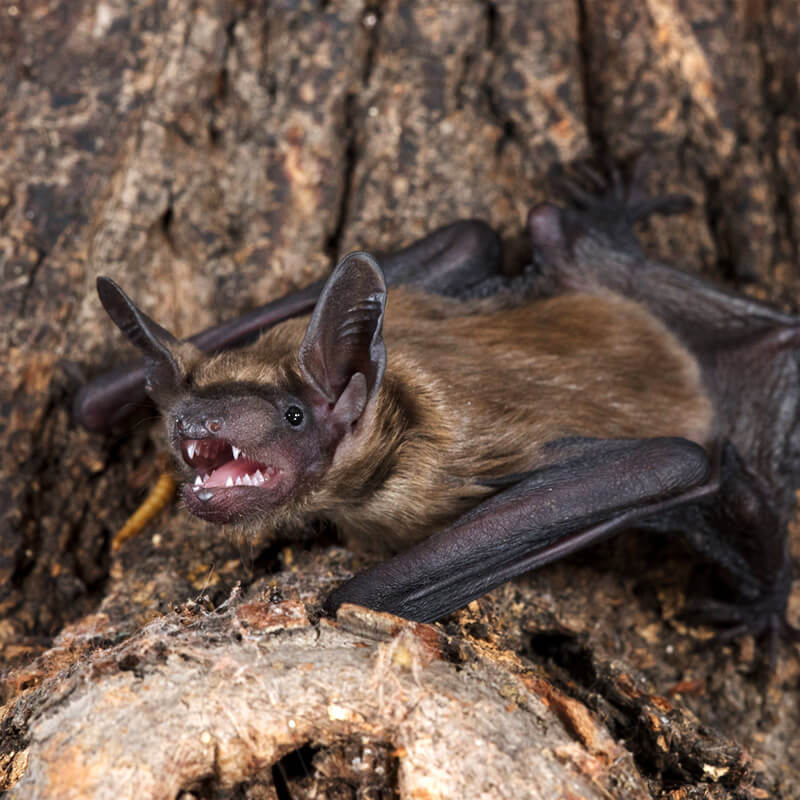
16 day old pup
Eptesicus fuscus

Mother with pup
Eptesicus fuscus
